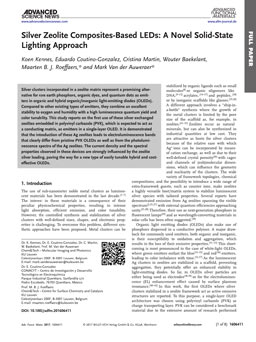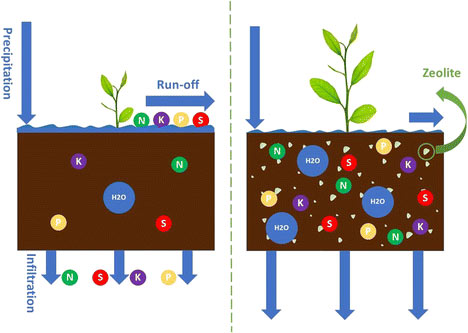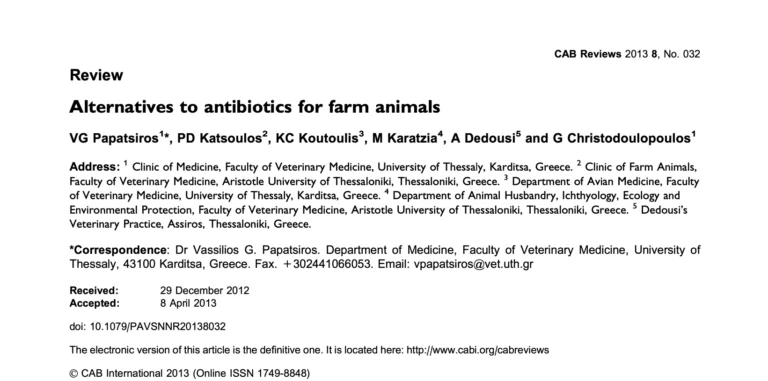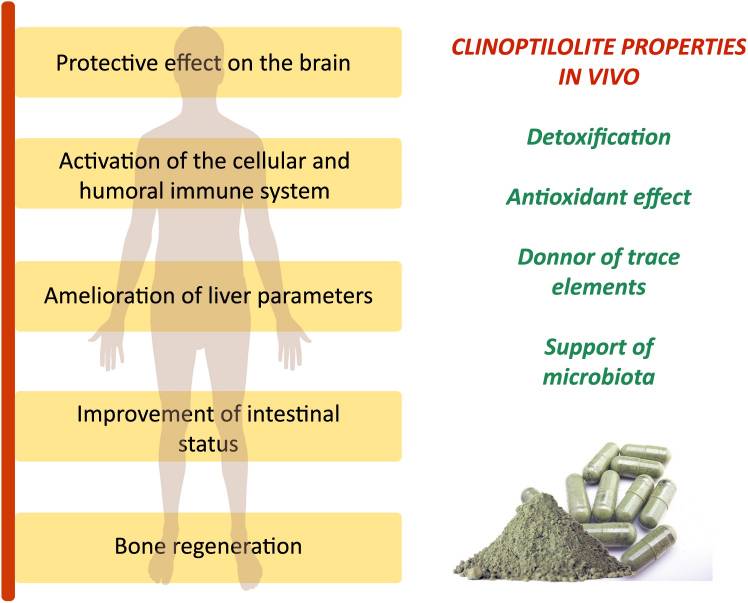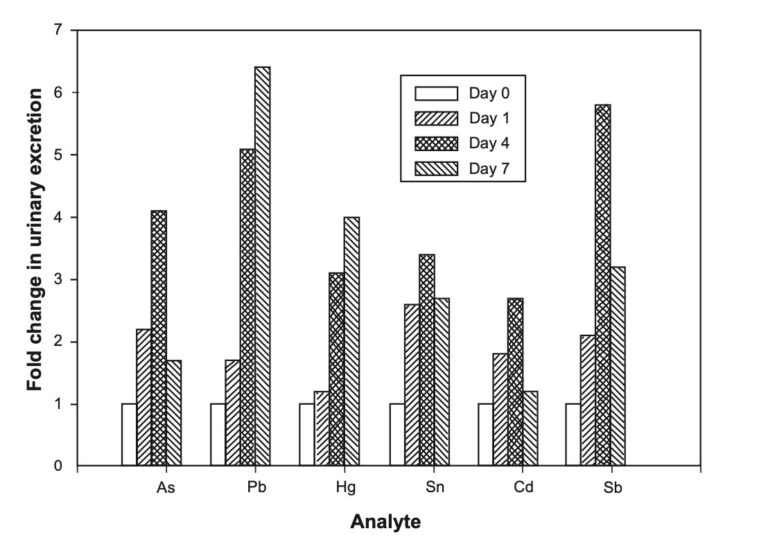Zeolite or urea-impregnated zeolite as slow-release ammonia or SRU agent was potential in decreasing ruminal ammonia, pH, acetate to propionate ratio, methane, and maintaining low plasma urea within its physiological range.
A research on dietary inclusion of urea-impregnated zeolite as slow-release urea (SRU) agent had been conducted to reveal its efect on ruminal fermentation characteristics in local lambs. The research used 24 heads of 7-8 mo old of local male lambs with (20.12±2.1 kg BW) designed upon a randomized block design. Treatments consisted of diets contained no urea, urea, zeolite, and urea-im-pregnated zeolite.
The collected data was analyzed with UNIANOVA and Duncan’s multiple-range test.
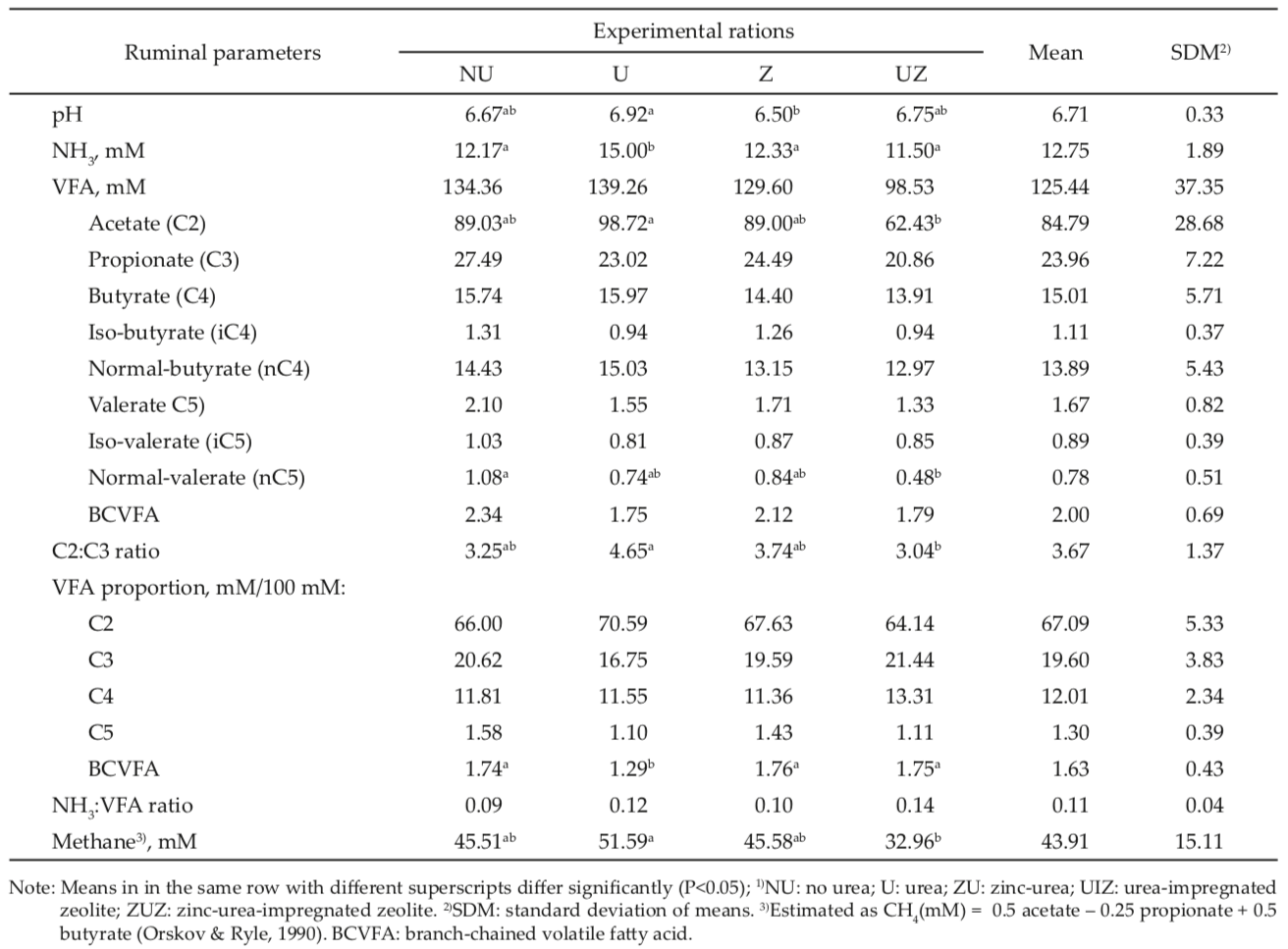
Results indicated that feeding no urea, zeolite, or urea-impregnated zeolite ration produced lower ruminal ammonia nitrogen than feeding urea ration (P<0.05).
Feeding zeolite ration produced lower ruminal pH than feeding urea ration (P<0.05).
Despite total VFAs were similar across the treat- ments, feeding urea-impregnated zeolite ration produced lower ruminal acetate, acetate to propionate ratio, or methane production than feeding urea ration (P<0.05).
Feeding urea ration produced the low- est molar proportion of branch-chained VFAs (P<0.05).
Feeding urea ration produced higher plasma urea concentration than feeding no urea ration (2.75 mM vs. 2.16 mM; P<0.05).
In conclusion, zeolite or urea-impregnated zeolite as slow-release ammonia or SRU agent was potential in decreasing rumi- nal ammonia, pH, acetate to propionate ratio, methane, and maintaining low plasma urea within its physiological range.
